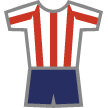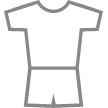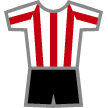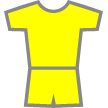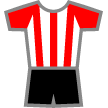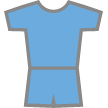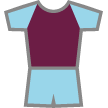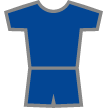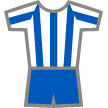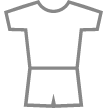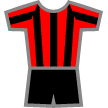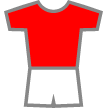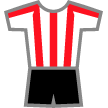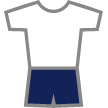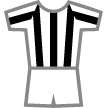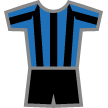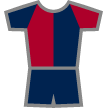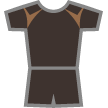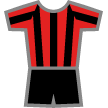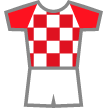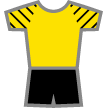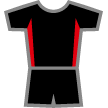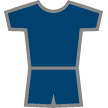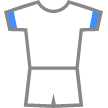Sports Betting Odds at Mr Green
Mr Green has been delivering competitive sports betting odds since 2016, giving bettors full coverage of allthe major global sports events. From the high-profile action in the Premier League and UEFA Champions Leagueto major horse racing fixtures like the Grand National and Cheltenham Gold Cup, you can find it all righthere in the licenced and user-friendly Mr Green sportsbook.
Registration is quick and easy and that will get you up and running for betting online with Mr Green. You canlook into our welcome bonus offer for new customers as well when signing-up. We are committed to providingan extensive range of sports events and markets so that sports fans and punters can quickly and easily findtheir bet options on a safe, secure betting platform.
The Latest Sports betting Odds
Mr Green delivers competitive sports betting odds throughout the sportsbook, whether you are looking for thelatest Premier League odds, thenext big heavyweight boxing match, Esports action or England vs Australia Ashes cricket. You will find itall in the Mr Green sportsbook.
Browse by sport and competition to quickly find your preferred markets. Our search tool lets you rapidly finda bet by league or team. Listed above on our Sports Homepage, you can find the current sporting highlights,both for pre-match and in-play betting odds.
Need to quickly get to the latest Grand Slam tennis betting odds, or the match outright markets for the Snooker World Championship draw? It’s all righthere and easy to access on a computer or any mobile device.
Range Of Sports
Our coverage of sports is extensive. It’s not just the major events like the Cheltenham Gold Cup forhorse racing betting that we offer. There are full cards of domestic and international horse racing forexample almost every day of the year from places like Japan, Australia and South Africa.
Tennis isn’t just about the Grand Slams, there are weekly tournaments at different tiers of the gamehappening all the time. You can easily follow your favourite players week-by-week while sizing up the latesttennis betting odds on results and tournament outrights.
Our coverage of football betting is extensive, reachingwell beyond the likes of the Premier League, La Liga and Serie A, to bring you league and cup actionfrom all corners of the globe. Even during the quieter European summer when the action slows you can stillfind football rolling on from the likes of Australia’s A-League and the MLS in the US.
Bet Variety
Not only can you find your favourite teams, and tournaments but a great range of bet variety as well. Thereis plenty of ante-post options for horse racing betting, and tournament outright options for features like the FA Cup, Rugby World Cup andWimbledon, along with tournament bets like Stage of Elimination and To Reach Final.
Match betting outrights are the go-to-markets for many bettors, but across all sports, we provide diversemarkets for a broader betting experience. That embraces things like Game Handicaps in tennis betting, aSuper Over prop in a cricket match, a winning margin in rugby and how a cup tie will be won for big footballmatches like the World Cup Final.
Mr Green LIVE Betting
There is a large volume of LIVE betting to exploreon our site 24/7. Catch the latest tennis, basketball, esports and in-play football markets from the LIVEBetting page. Select a game of your choice to see the LIVE betting options that are available for thefixture, including Bet Builder options.
In-game stats and updates of events help bettors keep track of an event, as our LIVE infographics, highlightevery free-kick, dangerous attack, corner and more. The service is complete with team line-ups and a quicklink to further stats and tables.
We Know Sports
Take your sports betting online journey with Mr Green, from the latest in-play Champions League odds, to boxing,baseball, American Football, motorsport, rugby, darts, football and plenty more. Our licensed and regulatedsite gives you all that and more. Plus you can grab great insights and previews in the Mr Green blog too,along with other site features like Bet Builders, Cash Out and betting promotions.

